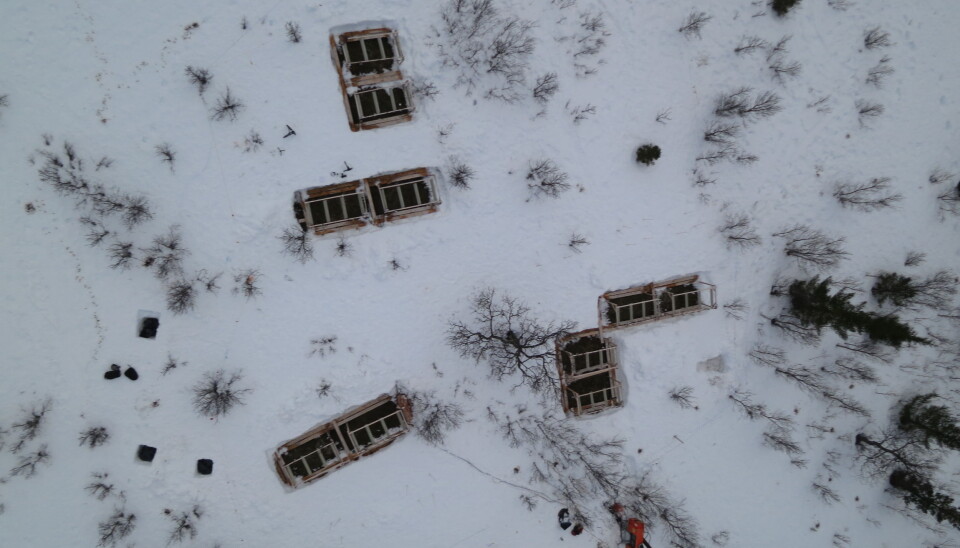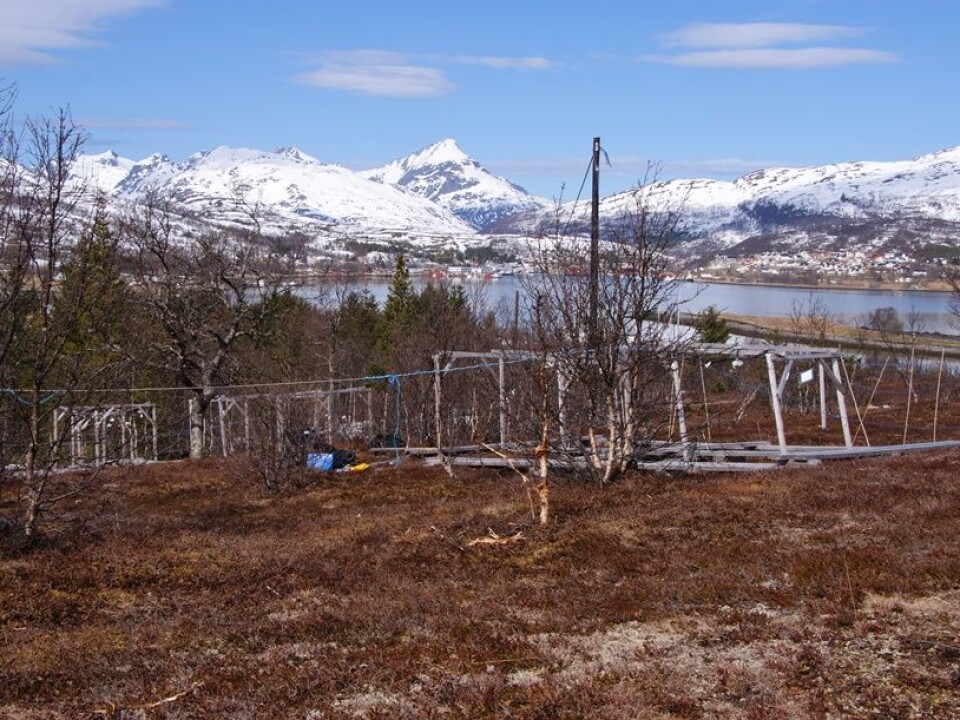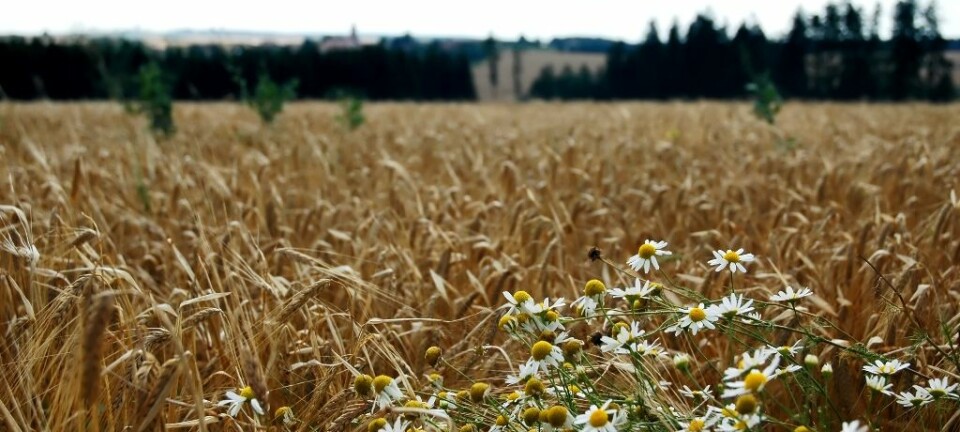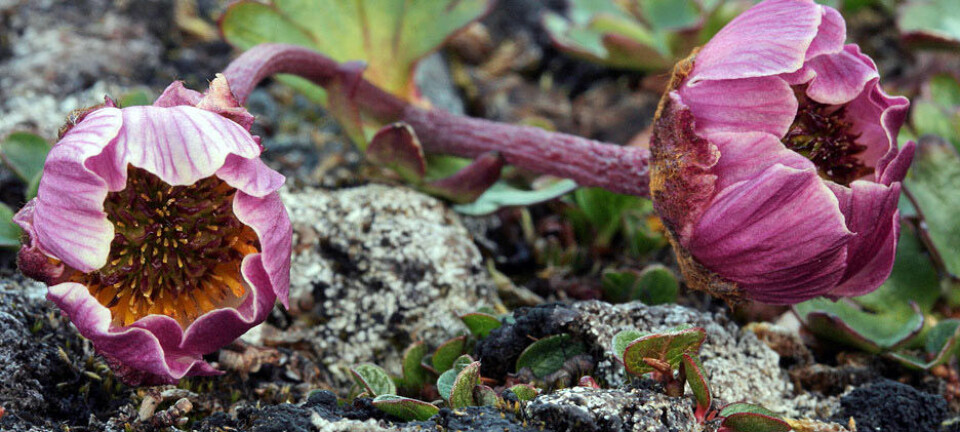This article was produced and financed by The Fram Centre

Northern nature under stress
High northern latitudes are increasingly exposed to the combination of extreme winter climate and deposition of long-distance dispersed nitrogen pollution. These combined pressures may over time drive changes in plant composition and carbon uptake.
Denne artikkelen er over ti år gammel og kan inneholde utdatert informasjon.
How will northern Norwegian ecosystems tolerate unstable winters and nitrogen pollution?
"Little is known about how winter climate change affects northern ecosystems, and knowledge of the impacts of multiple events is particularly lacking," says postdoc Stef Bokhorst at NINA (The Norwegian Institute for Nature Research) in Tromsø.
To understand how climate change will affect northern ecosystems and nature-based industries, three related projects are being executed to elucidate various aspects of winter climate change.
The ongoing project aims to address this issue by combining these two drivers in field experiments running over several years in a full-factorial set-up.

- See highlights from the field experiment in this video.
"During wintertime, we expose field plots to realistic winter warming events, while during the growing season, we add realistic nitrogen loads to the plots. Through this, we will quantify the vitality and community development of Arctic ecosystems and their trophic levels," Bokhorst says.
"More importantly, we aim to determine the mechanisms behind species responses of both pressures and combined, through gene expression, thermal tolerance and stress metabolism levels."
Long-range nitrogen
Such warm spells are extreme in their nature, as they enforce major temperature changes on ecosystems due to the loss of insulating snow in winter. In addition, the High North appears to be a sink for long-range nitrogen pollution transport from European (and other) emission centers.
Polluted air masses carrying large quantities of nitric acid are carried over the Arctic and deposit large nitrogen doses in fragile and typically nutrient-limited ecosystems.
Although both winter climate change and nitrogen pollution are receiving more research attention this is not addressed in concert. Therefore, NINA in collaboration with Bioforsk, UiT – the Arctic University of Norway and international partners, received funding from the Research Council of Norway for studying this combination of drivers of ecosystem change.

































